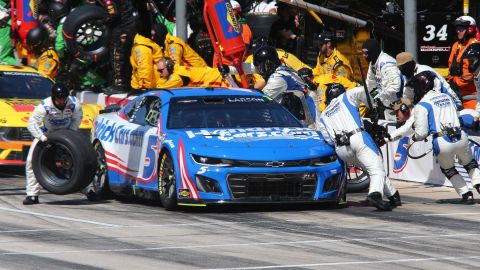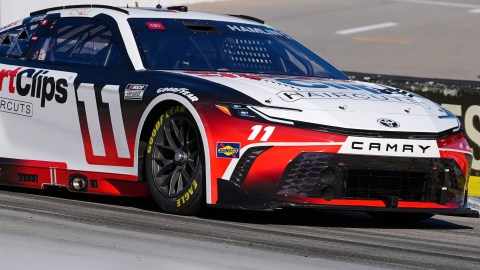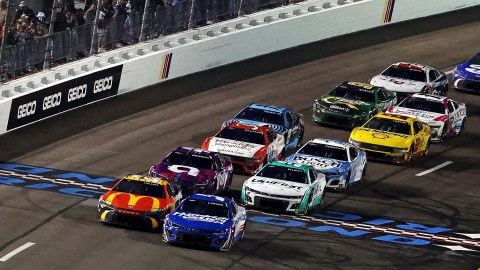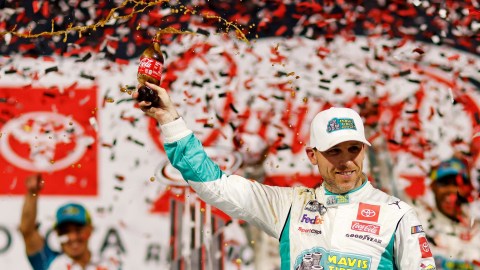Being the world’s premiere online racing simulation service isn’t something that happens overnight.
For iRacing, that process began in 2004 and is constantly evolving as developers work not just to keep up with, but also to utilize the latest innovations in technology.
As a racing sim, iRacing prioritizes the realism of racing’s key ingredients: surfaces, environments, sounds, controls and, perhaps most importantly, cars. Developing digital cars that look like real racers is a collaborative effort, one that requires input from artists, engineers and industry professionals alike.
Greg Hill, vice president of art and production for iRacing, recently sat down with NESN Fuel’s Rachel Holt to talk about how the sim’s developers design digital racers. Whether it’s by using laser scanning technology or computer-aided designs (CAD) provided by manufacturers, the people at iRacing are doing some pretty impressive work under the hood.
As you can see, the digital renderings of these racers are pretty complex. But as Hill mentioned, they’re far more advanced than they were when iRacing was just getting started.
If technology continues to advance as it has over the past decade, it’s pretty amazing to think how complex these cars could be 10 years down the road.




